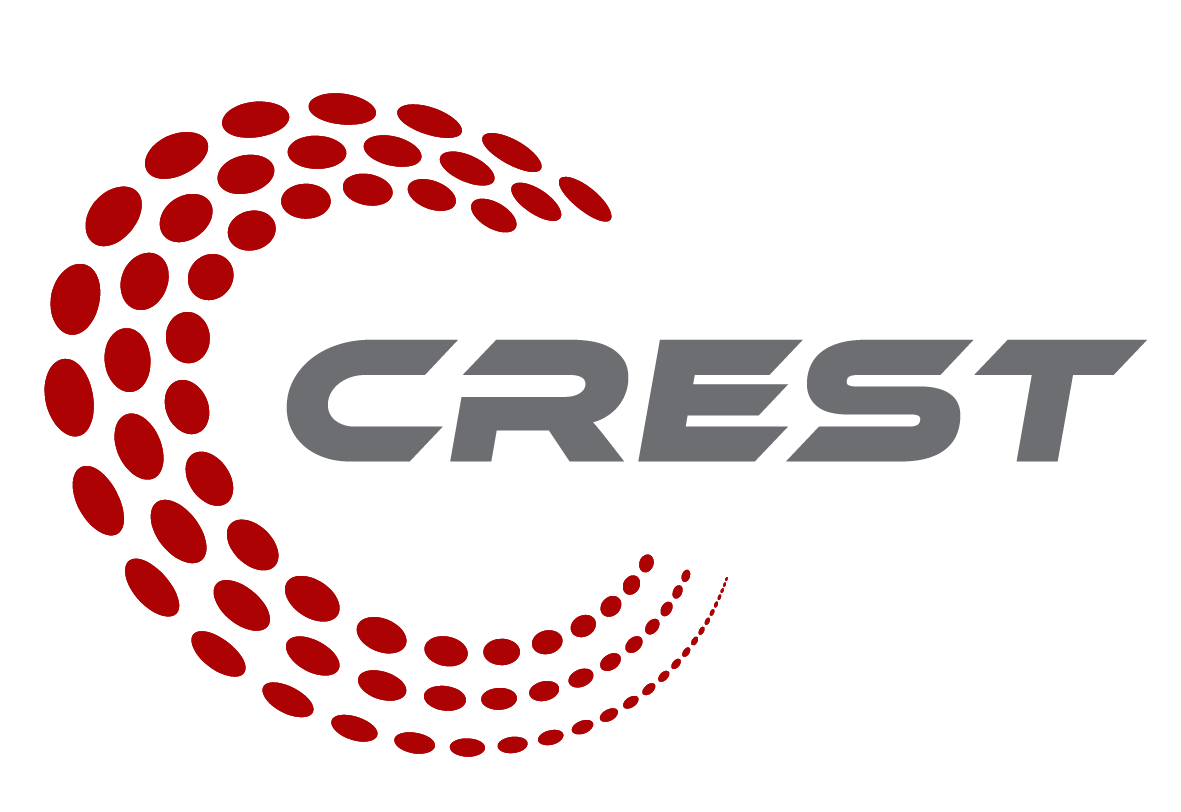Data Ware House
A Data Warehouse represents a central repository of integrated data from one or more disparate sources. It stores historical and current data in one single place that is used for creating analytical reports for workers throughout the enterprise. The data stored in the warehouse is uploaded from the operational systems (such as marketing or sales). The data may pass through an operational data store and may require data cleaning for additional operations to ensure data quality before it is used in the DW for reporting.
A well-architected data warehouse serves as the foundation of a successful Business Intelligence strategy, enabling businesses to consolidate data from various sources, ensuring data consistency, and supporting decision-making with comprehensive insights.
A Comprehensive Guide to Setting Up a Sales Data Warehouse
In today's data-driven business environment, establishing a sophisticated sales data warehouse is crucial for enhancing sales strategies and performance monitoring. This guide outlines the essential steps to create a robust sales data warehouse using SQL Server 2019, SSIS, SSAS, and integrating Power BI for advanced analysis and visualization.
1. Setting the Foundation with SQL Server 2019: Begin by preparing the SQL Server 2019 environment, laying the groundwork for your data warehouse. This step ensures that your system is ready to store and manage the wealth of sales data efficiently.
2. Integrating Tools for Data Processing: Install Visual Studio and configure SQL Server Integration Services (SSIS) and Analysis Services (SSAS). These tools are vital for data processing, analysis, and transforming raw data into insightful information.
3. Designing the Data Warehouse:
Loading the Database: Import your initial dataset, which serves as the backbone of your data warehouse.
Modeling Data: Identify key dimensions, attributes, and facts that align with your sales KPIs. Then, create data models or schemas specifically designed to reflect these indicators.
Database Structure: Build the SalesDW database within SQL Server, incorporating both fact and dimension tables to support your data models.
4. Streamlining Data with SSIS:
Implement SSIS to transfer essential data from your backup database directly into SalesDW, bypassing the need for data transformation initially.
Design and tailor ETL (Extract, Transform, Load) solutions and packages that align with your data integration needs.
Activate these packages to channel data smoothly into SalesDW and set up an incremental ETL process to handle future data updates efficiently.
5. Deploying SSIS Packages: Ensure that your SSIS packages are fully operational, making them a reliable resource for ongoing data management.
6. Validating Data Integrity: Conduct thorough checks within SalesDW to verify the accuracy and completeness of your data, ensuring it meets quality standards.
7. Enhancing Analysis with SSAS:
Create data sources and views within SSAS to lay the groundwork for analytical processing.
Establish fact and dimension tables within SSAS, paving the way for constructing multidimensional cubes based on sales KPIs.
8. Linking with Power BI: Offer detailed instructions for connecting Power BI to the SSAS sales cube. This connection enables dynamic data visualization and analysis, offering deeper insights into sales metrics.
9. Crafting a Sales Dashboard: Utilize Power BI to develop a comprehensive sales dashboard. This dashboard will aggregate data from the Sales Cube, presenting it in an intuitive format that highlights key sales performance metrics.
This streamlined approach to building a sales data warehouse combines SQL Server, SSIS, SSAS, and Power BI to create a powerful platform for data analysis and visualization. By following these steps, businesses can enhance their sales strategies and achieve better performance monitoring, driving growth and efficiency in their operations.
SQL Server 2019 Data Warehouse, Sales Data Warehouse Setup, SSIS and SSAS Integration, Data Warehouse Design for Sales, ETL Process in Data Warehousing, Deploying SSIS Packages, SSAS Sales Cube Implementation, Power BI Sales Dashboard Development, Business Intelligence for Sales, Optical Character Recognition in Data Entry, Data Warehouse Optimization Techniques, Data Modeling for Sales KPIs, Incremental ETL for Sales Data, Analyzing Sales Performance with Power BI, Data Integration in Sales Strategy, Automated Data Extraction for Sales, Data Verification Techniques in Warehousing, SQL Server Data Analysis for Sales, Sales Strategy Enhancement with BI Tools, Visual Studio Setup for Data Warehousing.

